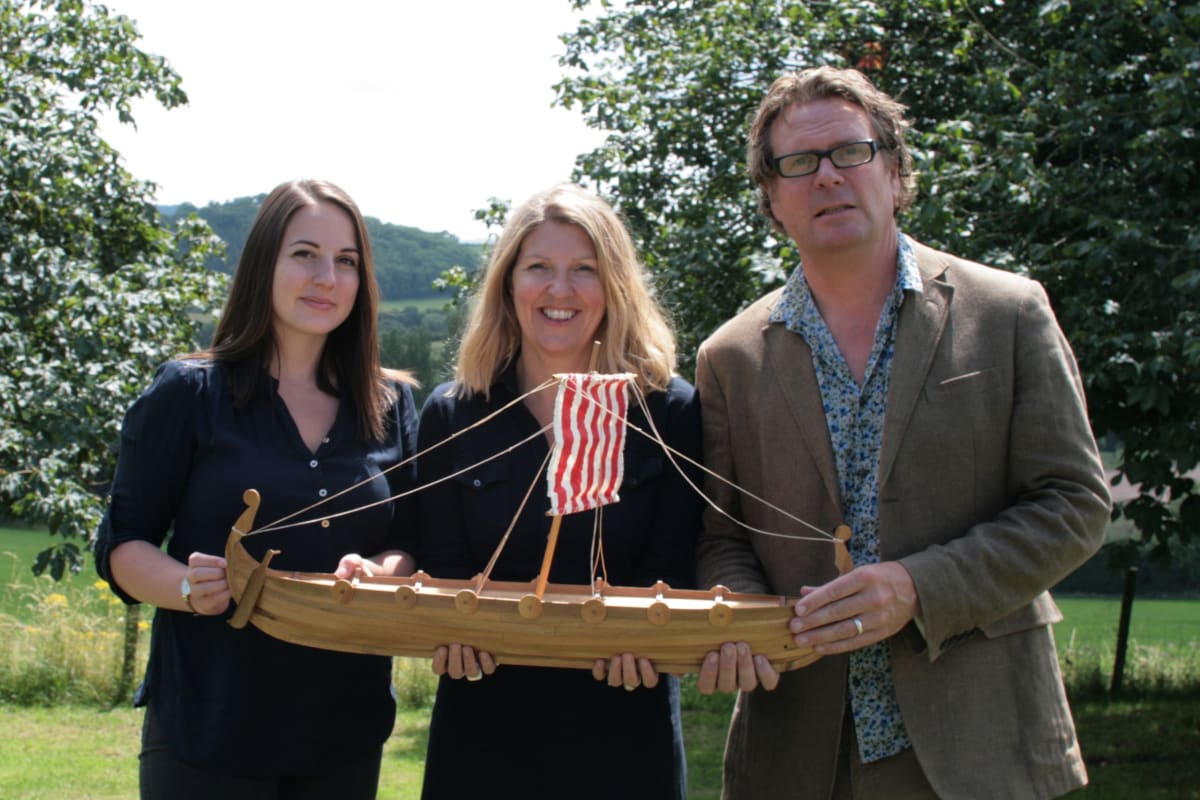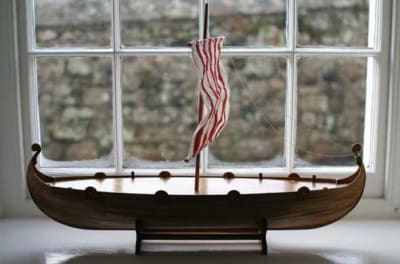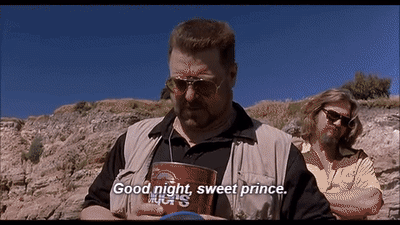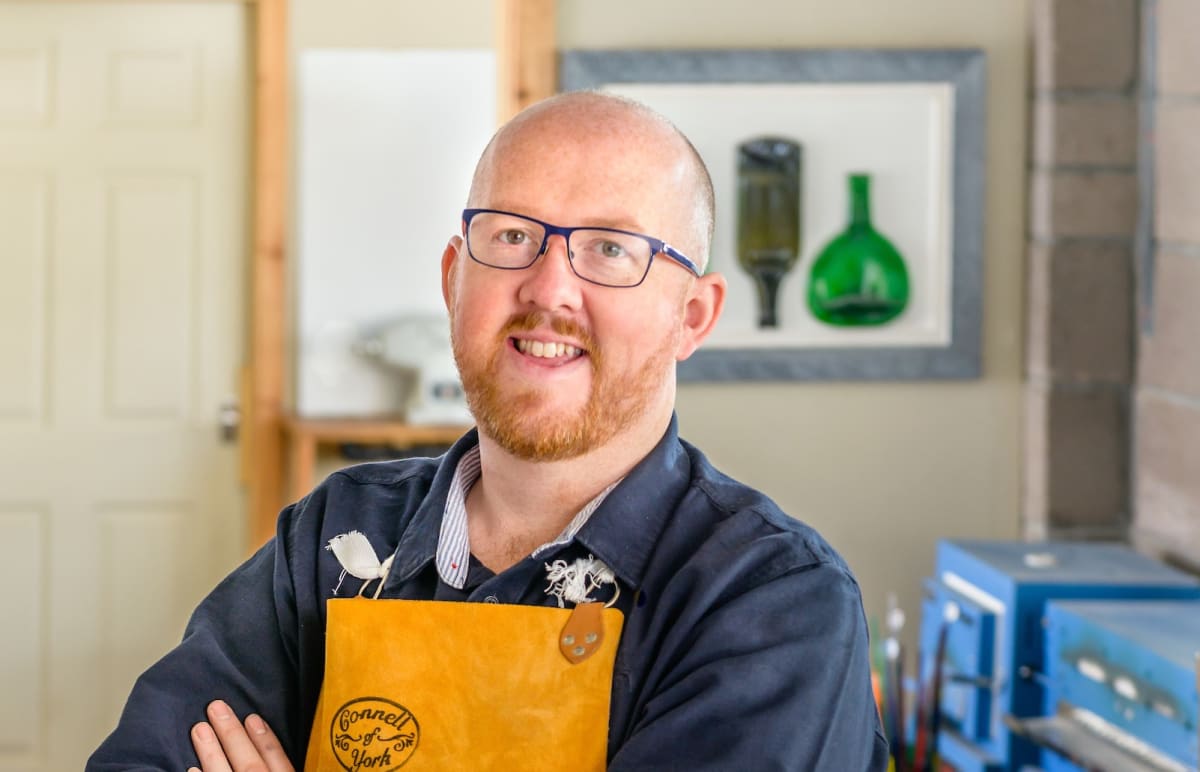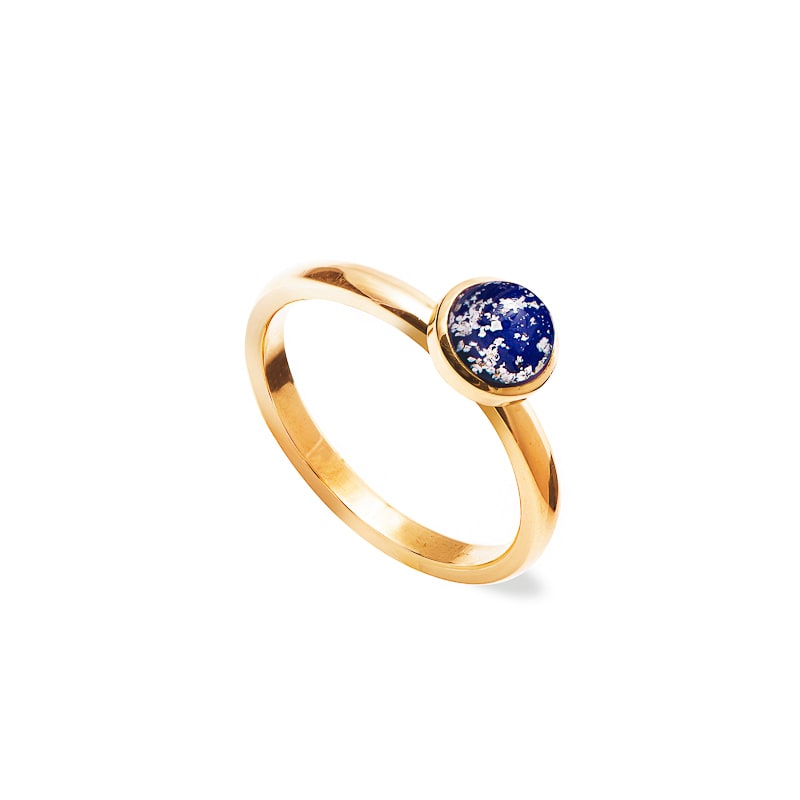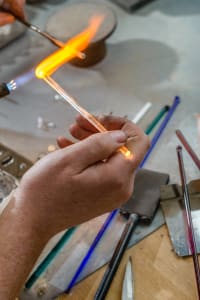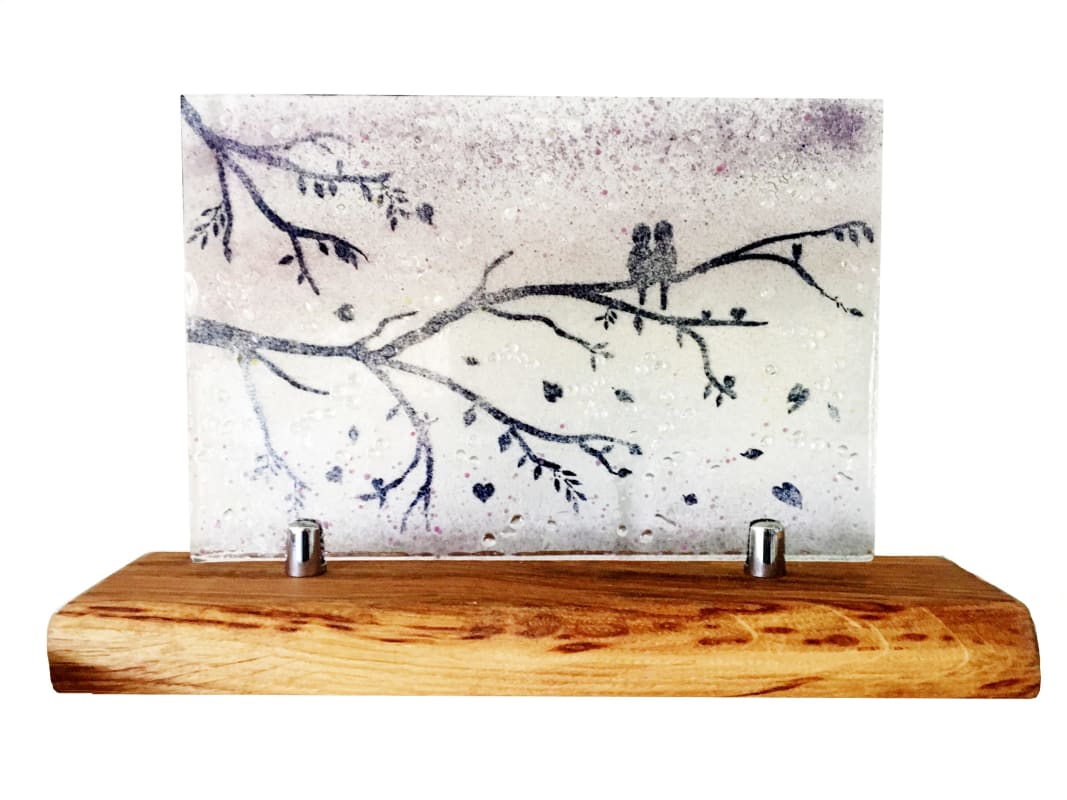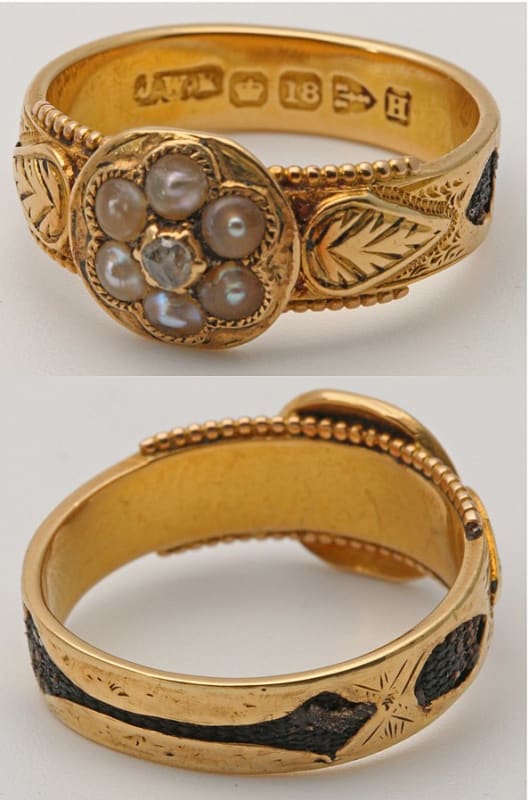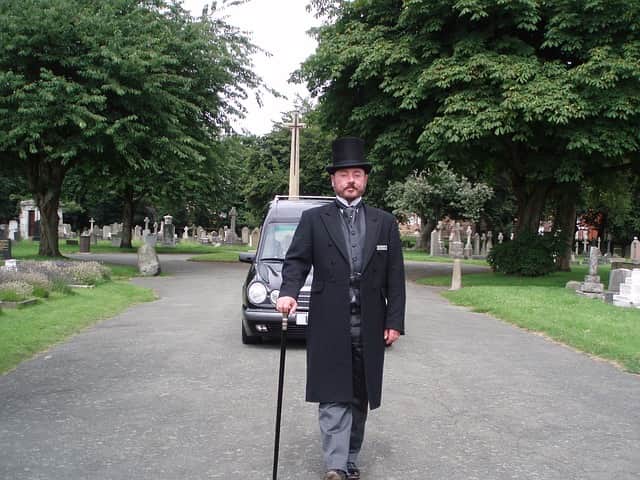
Time and again when we speak to our partners in the funeral industry we’re struck by the variety of ways in which people get into the profession, as well as how wide-ranging the job of being a funeral director is. In order to discover more about how to get into the industry and what it’s like to be a part of it, we spoke to Andrew Leverton, a funeral director at Leverton & Sons and to Hasina Zaman, CEO at Compassionate Funerals.
Leverton & Sons is a family-run funeral directors that has been in business for eight generations; providing support, comfort and professional guidance to all customers, regardless of budget or personal circumstance, since 1789. Andrew kindly provided us with insights into how he got into the industry and discussed what it takes to work in such an emotionally-charged business.
Compassionate Funerals meanwhile was founded in 2012, and works towards serving bereaved families and friends who require exceptional funeral care, as well as hosting public engagement events, including death cafes and end of life care education and training programmes. The business takes a more holistic approach to funerals and, rather than limiting its scope to the provision of traditional funeral services, puts a focus on making connections with other end of life services.
Find and contact your local funeral director here.
Both of these funeral directors are based in London. For all London-based funeral directors, follow this link.
How did you get into the funeral industry and what initially attracted you to it?
Hasina: Unlike many of the more traditional, family-based funeral directors, I had no previous experience with the industry. I got my start by pitching the idea of opening a funeral directors. This was in partnership with Alistair Anderson, who had the foresight to spot a gap in the market and had the confidence and skills necessary to pursue it. He believed there existed a demand for a different type of funeral, particularly as, at the time, a lot of funerals seemed to lack a personalised and human touch. The main attraction was the possibility of starting a new venture and simply having a go by working smart and focusing on doing funerals with immense compassion.
Andrew: When I was younger, there was never any pressure to join the family business, so I first spent 12 years working in the Civil Service. When I decided it was time for a change, I spoke to my father about working in the family business and joined as a trainee funeral director. I received my diploma in funeral directing two years after joining and a year later I became a director.
How much of a change was it from working within the civil service to then working as a funeral director?
Andrew: Working in the Civil Service is a form of public service and, in a way, so is funeral directing, so there are similarities. However, the practicalities of running the business and the work itself is completely different from my previous experience. In the Civil Service, you tend to be a small cog in a big machine – you do your specific job and don’t really see the end product or how you’ve contributed to it. With funerals, the timescale is very different. Each job usually takes one to three weeks and you’re involved in every aspect of organisation and implementation, from the first meeting until the last.

What has been the most satisfying thing for you as a funeral director?
Andrew: There’s a creative side that I really enjoy and the fact that I’m able to work alongside families to provide a funeral that meets their needs. It’s important to assist and encourage them to make choices so that, when it all comes to an end, the funeral is something that has helped them. In a way, you’re just doing your job, but it’s nice to know that you can make such a big difference to a family and it’s particularly satisfying when you’re thanked for doing so at the end.
Hasina: The most satisfying part of the job for me is the way in which I get to work with the bereaved, making sure that we meet their expectations and provide a high standard of care. Though it’s obviously a difficult time for many people, knowing that you’re helping someone in need and providing a service that really can make a difference is incredibly fulfilling.
What aspect of the profession would you say you find the most challenging?
Andrew: The most challenging part of being a funeral director is working with families that aren’t as together as they could be. It’s common for relatives to have difficult relationships and disagree with one another and there can often be varying opinions as to how the funeral should be done. Sometimes it reaches a point where you have to say: ‘go away and talk things through, otherwise we may not be able to do anything for you.’ As a funeral director, you can only really take instructions from one person, which can unfortunately lead to a family member feeling side-lined because of a difference of opinion.
Hasina: The biggest challenge so far is that death is still such a taboo subject and that we as a society still fear death. This prevents people from talking about funerals and from having honest and open discussions about what they want in the event of death.
What roles are there to take on within the industry?
Andrew: Obviously, you have funeral directors, but then there are a number of others, including those that deal with the admin and financial side of the business, as well as drivers and bearers. Then there’s the embalming side of the industry too. In the USA, you cannot have an embalming diploma without already having your directing qualification, as they’re regulated by and combined in one organisation. This isn’t the case in this country, where embalming is a specialist area and is somewhat separated.
Hasina: Though there are all the obvious front-of-house roles that people can take on, there’s also a great number of other jobs that people tend not to know about. For instance, there are a lot of roles in funeral support services, which helps support those recently bereaved and in need of financial or emotional assistance. Likewise, there’s a growing awareness of the need to link up funeral services with other care and legal services, all of which is creating jobs.

What challenges and responsibilities come with these roles?
Hasina: As these roles are quite diverse and varied, the challenges and responsibilities involved in each can also be quite different. This is particularly true of the responsibilities inherent in such roles, as the industry does have to safeguard the public and ensure that they are treated with compassion during a time when individuals can be quite vulnerable. However, I would say that the common theme running through them all is trust. Funeral service providers have a responsibility to be trustworthy and to build honest relationships with their customers.
What would you say are the most important skills and qualities needed to work within the funeral industry?
Andrew: I think that you need to be a people person and that you can’t be judgemental – you have to be the type of person that can get on with everybody. While you can’t get too involved emotionally, I do think it’s important to have compassion, care about customers and to always think about what you would want if you were in their shoes.
Hasina: These roles are relatively new and work is still being done to connect them all up, but I believe vision and innovative thinking are absolutely essential. Individuals hoping to work in such roles also need to be able to work systematically and strategically to move the way we think about death forward and to link all these different roles so that we’re not all working separately and the industry is more unified and efficient.
Finally, do you have any advice for anyone looking to enter into the funeral industry?
Andrew: Because of the emotions involved, the industry is not for everyone. On the other hand, the strength of the emotions that you experience can also make it a very fulfilling industry to be involved in. You just need to be fully prepared for everything, so that you’re in a position where you can help people come to terms with the death of a loved one and provide them with what they want.
Hasina: My best piece of advice would be to stay fresh, positive and always pursuing the best possible outcome. This can be difficult in an industry like the funeral industry, but it is necessary. Also, you always remain flexible and ready to change and adapt. Personally, I take inspiration from Bruce Lee and his quote – “be like water”. In the funeral industry, you need to be able to go with the flow and change and adapt to any obstacles you may find in your way.

